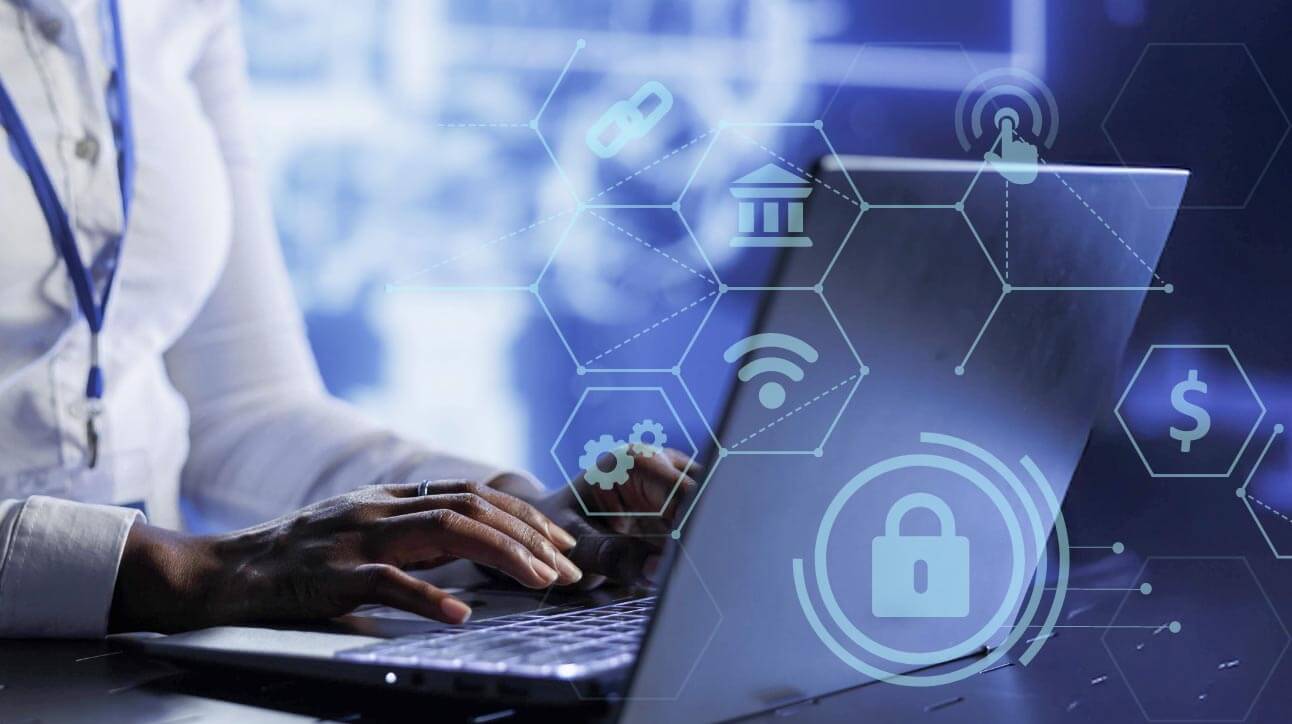Delivering Articles and Insights from Experts
Read the latest insights on topics related to governance, leadership, business, cybersecurity, digitalization, board portals, and the boardroom.
Board Management
Articles on topics related to board portals and best practices for board management for your organization.
Board & Governance
Articles on topics related to practicing corporate governance and leadership.
Cybersecurity
Articles on topics related to improving cybersecurity for your organization.
Get Started with Convene
See why organizations worldwide are making the switch to board portal for improved board governance. Convene has been rated the top board management software by several trusted sources of technology reviews.

















